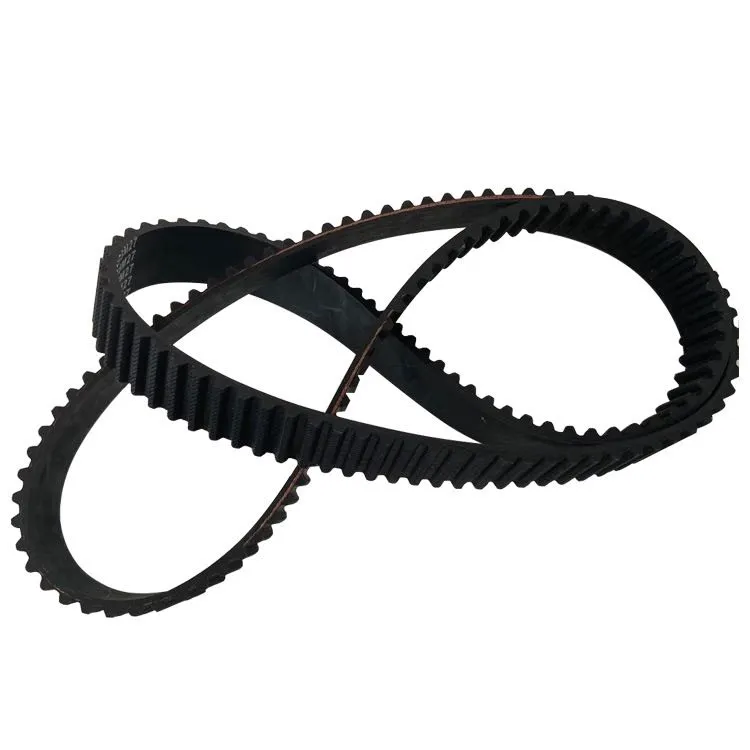- Arabic
- French
- Russian
- Spanish
- Portuguese
- Turkish
- Armenian
- English
- Albanian
- Amharic
- Azerbaijani
- Basque
- Belarusian
- Bengali
- Bosnian
- Bulgarian
- Catalan
- Cebuano
- Corsican
- Croatian
- Czech
- Danish
- Dutch
- Afrikaans
- Esperanto
- Estonian
- Finnish
- Frisian
- Galician
- Georgian
- German
- Greek
- Gujarati
- Haitian Creole
- hausa
- hawaiian
- Hebrew
- Hindi
- Miao
- Hungarian
- Icelandic
- igbo
- Indonesian
- irish
- Italian
- Japanese
- Javanese
- Kannada
- kazakh
- Khmer
- Rwandese
- Korean
- Kurdish
- Kyrgyz
- Lao
- Latin
- Latvian
- Lithuanian
- Luxembourgish
- Macedonian
- Malgashi
- Malay
- Malayalam
- Maltese
- Maori
- Marathi
- Mongolian
- Myanmar
- Nepali
- Norwegian
- Norwegian
- Occitan
- Pashto
- Persian
- Polish
- Punjabi
- Romanian
- Samoan
- Scottish Gaelic
- Serbian
- Sesotho
- Shona
- Sindhi
- Sinhala
- Slovak
- Slovenian
- Somali
- Sundanese
- Swahili
- Swedish
- Tagalog
- Tajik
- Tamil
- Tatar
- Telugu
- Thai
- Turkmen
- Ukrainian
- Urdu
- Uighur
- Uzbek
- Vietnamese
- Welsh
- Bantu
- Yiddish
- Yoruba
- Zulu
des. . 10, 2024 16:42 Back to list
conveyor belt
The Conveyor Belt Revolutionizing Transport and Manufacturing
The conveyor belt is a quintessential invention that has dramatically transformed various industries, ranging from manufacturing to logistics and mining. This seemingly simple mechanism has played a pivotal role in enhancing efficiency, productivity, and safety in the workplace. To fully understand the significance of conveyor belts, it’s essential to delve into their history, functionality, diverse applications, and the advancements that continue to shape their evolution.
A Brief History
The origins of conveyor belts can be traced back to the late 18th century. In 1795, the first conveyor belt was created for use in a flour mill. However, it wasn’t until the early 20th century that conveyor belts gained widespread popularity, especially in automotive assembly lines. Henry Ford famously incorporated them into his production processes, which significantly reduced the time it took to manufacture vehicles. This innovation not only revolutionized the automotive industry but also set a precedent for other sectors to adopt conveyor systems as a standard practice.
Functionality and Design
A conveyor belt operates on a simple principle it transports materials from one point to another using a continuous loop of material. Typically, the belt is made of durable materials such as rubber, PVC, or metal, depending on the application. The design can vary, with some systems incorporating rollers and pulleys to enable smooth movement. The belts can be flat, modular, or slatted, and they can be configured in numerous ways to accommodate specific industrial needs.
At its core, the conveyor belt system consists of three main components the belt itself, the driving unit (which powers the movement), and the support structure. The efficiency of a conveyor belt is often enhanced through the integration of sensors and automation technologies, which enable real-time monitoring and control of materials being transported.
Applications Across Industries
Conveyor belts find applications in an astonishing range of industries
. In manufacturing, they are used to move parts and products along assembly lines, facilitating a continuous workflow. The food industry employs conveyor belts to transport packaged goods through processing plants, ensuring hygiene and speed in production.conveyor belt

In logistics and warehousing, conveyor belts streamline the sorting and distribution of products, significantly reducing the time taken to prepare orders for shipping. They are also crucial in the mining industry, where they transport heavy materials over great distances, minimizing the need for manual labor and increasing overall safety.
Moreover, conveyor belts are increasingly utilized in recycling facilities, helping to sort and process waste materials more effectively. The versatility of conveyor systems makes them indispensable in modern industrial operations, proving that their utility extends far beyond mere transportation.
Technological Advancements
In recent years, the conveyor belt industry has witnessed significant technological advancements. Smart conveyor systems equipped with IoT (Internet of Things) capabilities allow for remote monitoring and predictive maintenance, reducing downtime and enhancing operational efficiency. These systems can analyze data in real-time, informing operators of any potential issues before they escalate into costly breakdowns.
Sustainable practices are also shaping the conveyor belt landscape. Manufacturers are now focusing on creating eco-friendly belts and systems that consume less energy and are made from recyclable materials. This shift towards sustainability aligns with global efforts to reduce carbon footprints and enhance environmental stewardship.
The Future of Conveyor Belts
The future of conveyor belts looks promising as innovations continue to emerge. With advancements in robotics and automation, we can expect conveyor systems to become even more efficient and versatile. Their integration with artificial intelligence will further optimize operations, allowing for adaptive workflows that respond to varying production demands.
In conclusion, the conveyor belt is a vital component of modern industrial processes, and its impact is profoundly felt across multiple sectors. Its evolution from a simple mechanical device to a sophisticated system integrated with cutting-edge technology illustrates its adaptability and importance. As industries continue to adapt to new challenges and demands, conveyor belts will undoubtedly remain at the forefront of innovation, driving efficiency and productivity into the future.
-
Korean Auto Parts Timing Belt 24312-37500 For Hyundai/Kia
NewsMar.07,2025
-
7PK2300 90916-T2024 RIBBED BELT POLY V BELT PK BELT
NewsMar.07,2025
-
Chinese Auto Belt Factory 310-2M-22 For BMW/Mercedes-Benz
NewsMar.07,2025
-
Chinese Auto Belt Factory 310-2M-22 For BMW/Mercedes-Benz
NewsMar.07,2025
-
90916-02660 PK Belt 6PK1680 For Toyota
NewsMar.07,2025
-
drive belt serpentine belt
NewsMar.07,2025

